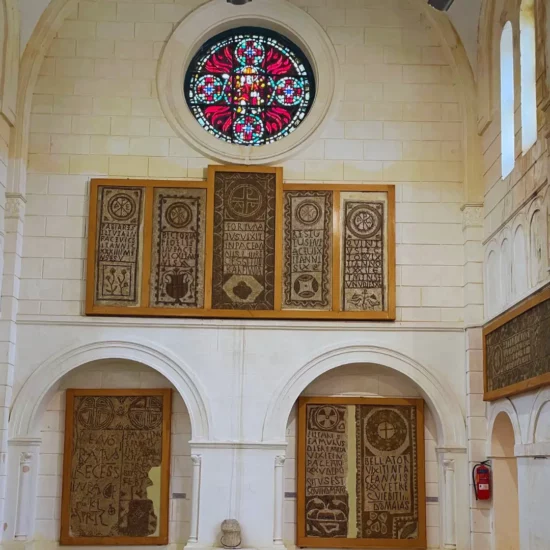Standing on the left bank of the Seine, the Musée d’Orsay welcomes me with its majestic Beaux-Arts façade. Once a bustling railway station, it now holds one of the world’s finest collections of Impressionist and Post-Impressionist art. As I step inside, sunlight filters through the grand glass roof, and I can’t help but feel that this is more than a museum, it’s a living story of Parisian art and soul.
Table Of Content
From Train Station to Temple of Art
The story of Musée d’Orsay is one of transformation. Built for the 1900 World’s Fair as the Gare d’Orsay railway station, it once connected Paris to the southwest of France. By the 1970s, the station had fallen silent, its platforms forgotten. A new vision emerged: to turn this masterpiece of industrial architecture into a museum dedicated to 19th-century art. When it reopened in 1986, it became a symbol of rebirth, Paris reclaiming its artistic past for a new generation.

Stepping Into a Canvas of Light
As I wander through the main hall, I’m struck by the scale of the space. Arched glass ceilings bathe the marble floors in golden light. Around me, sculptures stand like silent storytellers. I move closer to the galleries, where masterpieces by Monet, Renoir, Degas, and Van Gogh hang in perfect harmony. Each brushstroke tells a story of revolution and emotion. I pause before Monet’s “Water Lilies,” and it feels like stepping into a dream, the colors alive and whispering tales of light and reflection.
“At Musée d’Orsay, art isn’t just seen, it’s felt. The air hums with the energy of genius.”
Traveler’s Journal
A Journey Through Artistic Movements
Each level of the museum feels like a new chapter. On the lower floors, I encounter the Romantic drama of Delacroix and the Realist precision of Courbet. Climbing higher, the light softens, and so does the art. Impressionists break away from convention: Renoir’s dancing couples, Degas’ ballerinas, and Manet’s portraits shimmer with movement and emotion. The journey continues to Post-Impressionism, where Van Gogh’s “Starry Night Over the Rhône” glows like a beacon of human feeling.

The Clock That Frames Paris
Before leaving, I climb up to the giant clock window, a remnant of the old station. Through it, Paris unfolds before me, bathed in soft afternoon light. The Seine glitters below, and in the distance, the Sacré-Cœur rises above Montmartre. Visitors gather quietly, some taking photos, others just gazing. I take a deep breath and realize that from here, time and art merge perfectly. The past watches over the present, and Paris feels eternal.

Tips for Visiting Musée d’Orsay
- Arrive early to enjoy the museum before the crowds.
- Visit the official Musée d’Orsay website for exhibition updates.
- Book skip-the-line tickets online to save time.
- Enjoy the rooftop café for a spectacular view of the Seine.
- Take your time, each gallery tells its own story.
Did you know? The museum’s famous clock was designed by architect Victor Laloux and dates back to the building’s original life as a railway station.
Conclusion
Leaving the Musée d’Orsay, I feel both inspired and humbled. It’s not just a collection of paintings, it’s a journey through emotion, innovation, and light. Every corner holds a story, every masterpiece a piece of Paris’s heart. As I step back onto the Seine’s promenade, I know I’ve experienced something timeless, the soul of French art captured forever within these walls.
Extremely motivated to constantly develop my skills and grow professionally. I try to build my knowledge, flexibility, and interpersonal skills through several projects and within different teams.













No Comment! Be the first one.